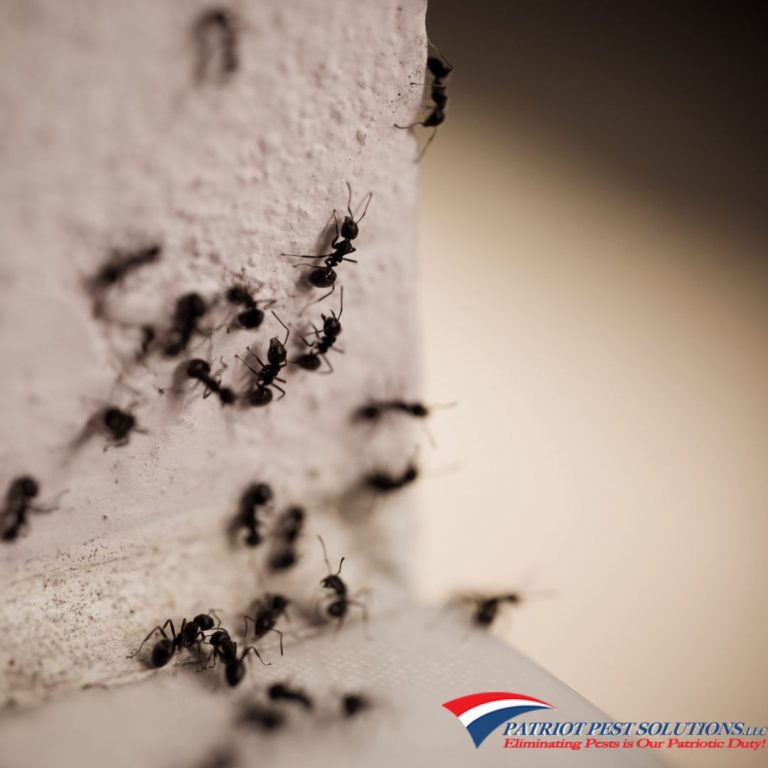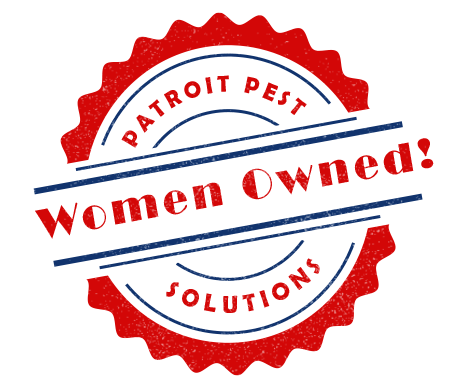Ant invasion is a perennial problem that many homeowners in Pennsylvania face. These tiny invaders can not only cause structural damage over time but can also be a significant nuisance in your daily life. Understanding the types of ants that you might encounter in and around your home is the first step towards effective prevention and control. Here’s a look at some common ant species in Pennsylvania and how to keep them at bay.
1. Carpenter Ants
Carpenter ants are one of the largest ant species you’ll find in Pennsylvania, ranging in size from 0.3 to 1 inch. Unlike termites, they don’t eat wood but excavate it to create nests, which can lead to structural damage if left unchecked. They are black or dark brown and are most active during the night.
How to Spot Them:
- Check for frass (wood shavings) near baseboards, window sills, and door frames.
- Listen for faint rustling noises in the walls, especially at night.
Prevention Tip:
Keep woodpiles away from your home’s foundation and trim trees and bushes so they don’t touch the house, reducing easy access points for these ants.
2. Pavement Ants
Pavement ants, as their name suggests, typically build their nests in or under cracks in pavements. They are about 0.1 inches long, brown-black, and make their way into homes in search of food.
How to Spot Them:
- Look out for small mounds of dirt between cracks on your pavement or driveway.
- You’ll often find them trailing along floors and countertops.
Prevention Tip:
Seal cracks and crevices around your home’s exterior to prevent entry. Regularly clean up crumbs and spills, especially sweets, which they are drawn to.
3. Odorous House Ants
Odorous house ants are small, about 0.125 inches long, and dark brown or black. They emit a rotten coconut smell when crushed, hence their name. They’re attracted to moisture and sweets, making your kitchen and bathroom prime targets.
How to Spot Them:
- Notice a musty odor after squishing the ants.
- Sightings in the kitchen or bathrooms, particularly near sinks or leaks.
Prevention Tip:
Eliminate standing water and keep your kitchen clean. Store food in sealed containers and regularly dispose of garbage.
4. Pharaoh Ants
Pharaoh ants are tiny, about 0.06 inches long, and yellow or light brown. They’re known for being particularly challenging to control due to their penchant for creating multiple nests throughout a structure, which can make them a persistent problem once they’ve moved in.
How to Spot Them:
- Look for small, light-colored ants, especially in hospitals, nursing homes, and food service areas.
- They are often found indoors, seeking warmth.
Prevention Tip:
Use a bait that the worker ants can take back to their nests. Avoid spraying these ants with insecticide, as it can cause them to split their colony and exacerbate the problem.
Keeping Ants Out
Here are a few additional general tips to help keep ants out of your Pennsylvania home:
- Maintain a clean kitchen, regularly wiping down surfaces and sweeping floors to remove food residues.
- Seal food items properly and keep pet food in tightly closed containers.
- Fix leaky pipes and eliminate damp areas where ants might seek water.
- Seal entry points, such as windows and doors, with caulk to prevent ants from entering.
Ant infestations can be more than just a nuisance; they can also pose a risk to your home’s structural integrity and sanitation. By identifying the common types of ants in Pennsylvania and acting swiftly with preventive measures, you can protect your home and enjoy an ant-free environment. Remember, the key to controlling ant invasions is not only dealing with the ones you see but also addressing the unseen nest and colony. If you find yourself facing a persistent ant problem, consider consulting a professional pest control service to effectively address the issue.




